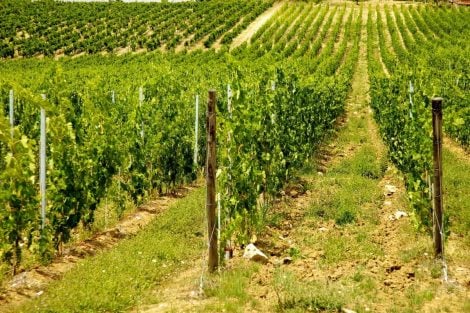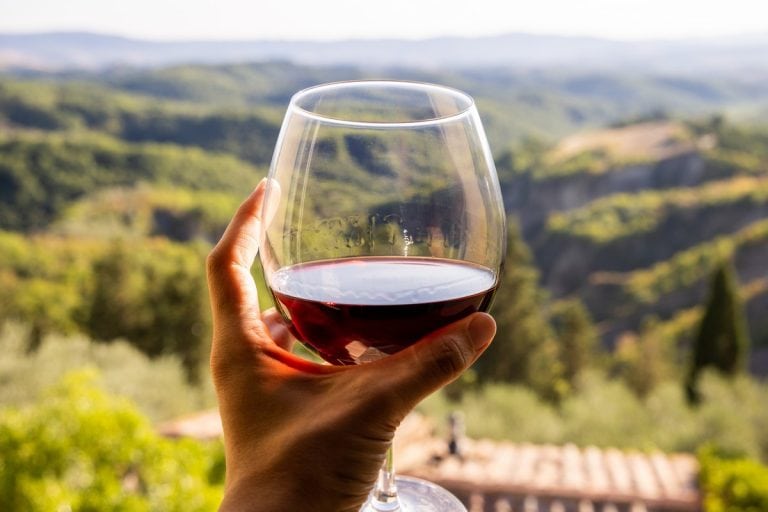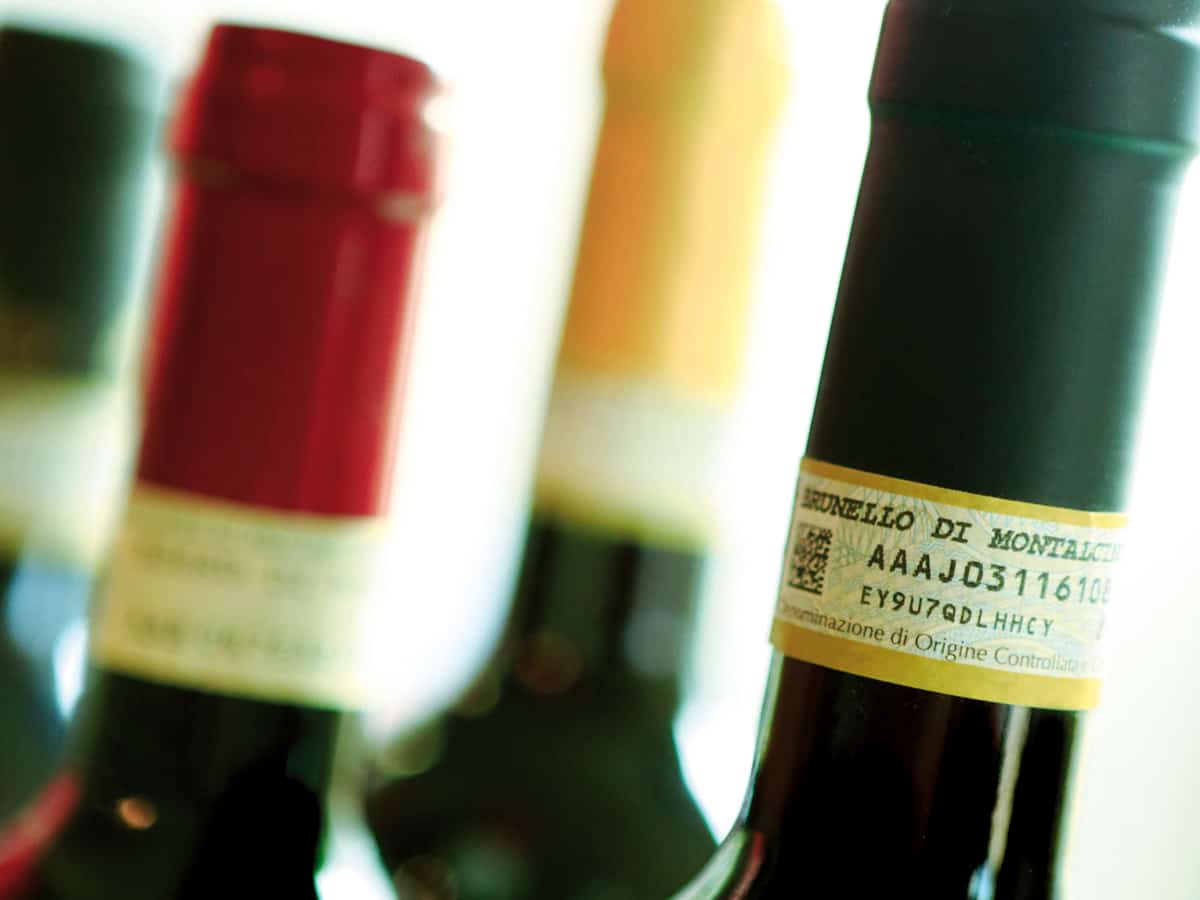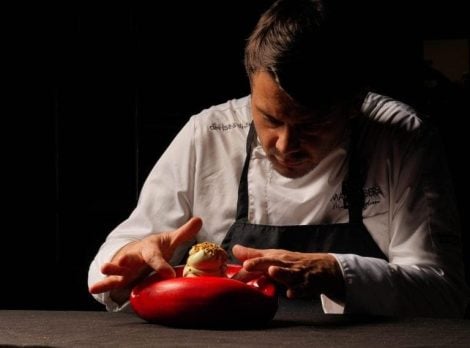The Chianti universe is indeed vast and encompasses a large part of the Tuscan vineyard. That's why speaking about it in general terms, both for producers and industry insiders, is rather counterproductive. And in fact, Chianti is divided into necessary subzones. We've already covered Chianti Classico, here we focus on a subzone that in recent years has been struggling to clearly and unmistakably assert its identity: Rufina.
It is the smallest subzone of Chianti, bordering southwest with the city of Florence, but which actually extends towards the Tuscan-Romagnolo Apennines. The vineyards of the denomination cover about 850 hectares, in a landscape far from monotonous, where the vineyard intersects and merges with woods and other crops in a system of authentic biodiversity perfectly inherent to the territory's history. A very long history, moreover, as can be seen in the famous decree of Cosimo III de' Medici, who in 1716 delimited this territory, along with three other Tuscan areas, as a virtuous zone from a productive and qualitative point of view.
Today, in Rufina, a handful of equally virtuous, tenacious, and proud producers have taken the reins of their destinies, trying to differentiate them from that vast sea that is Chianti, emphasizing the peculiarities of the subzone, characterized by strong temperature variations and altitudes ranging from 200 meters up to 700. Rufina wines, obviously based on Sangiovese, in their best versions have an almost mountainous, sometimes woodland and balsamic flavor profile, characteristics that often materialize in an elegant and vibrant sip.

The best quality-price ratio Chianti Rufina wines
In the list we propose, you will find some labels of Chianti Rufina, among those reviewed in the Gambero Rosso's Berebene 2024, available in wine shops and online shops for less than 20 euros. If you want to deepen your knowledge of this fascinating area, the advice is to look for Chianti Rufina bottles bearing the collective brand Terraelectae: these are company "crus" that identify the true essence of the territory.
Fattoria Selvapiana Chianti Rufina 2021. This wine has a nose reminiscent of currants and raspberries. On the palate, it is elegant and juicy, warm, with subtle tannins. Appetizing finish. The estate covers about 250 hectares of land spanning three different municipalities. In recent decades, management has been in the hands of Silvia and Federico, who have overseen its modernization, culminating in the construction of the new cellar. Alongside Sangiovese, small quantities of Syrah, Merlot, and Cabernet Sauvignon are grown.
I Domi Chianti Rufina 2021. It has a nose of aromatic herbs and fresh earth. The palate is linear, correct, precise, subtle, with fine tannins and a juicy finish. The estate covers the hills of Pontassieve for 70 hectares, 20 of which are vineyards, replanted with selected clones of Sangiovese and then with international and white berry varieties.
Marchesi Frescobaldi Chianti Rufina Nipozzano Ris. 2020. It offers aromas of berries, raspberry, and hints of vanilla. On the palate, the tannins are well-defined, the sip is solid and precise, with a juicy finish. The Frescobaldi family's wine journey began over 1000 years ago; that of their wine, however, started around 1300, on the Castiglioni estate in Montespertoli, to which six other estates in Tuscany were added over the centuries.
Pian dei Sorbi Ris. 2020 Chianti Rufina. A Sangiovese with an enveloping sip, refined mineral notes, and a balsamic finish. The Bossi Estate has belonged to the Gondi family since 1592; it develops in the production area of Chianti Rufina, on the hills northeast of Florence. Sangiovese, Colorino, Merlot, Cabernet Sauvignon, Tuscan Trebbiano, Chardonnay, and Sauvignon, cultivated in harmony with the environment and handpicked, are vinified in the ancient vaulted cellars located underground of the historic monumental villa and partly under the park.
Fattoria di Grignano - Tenuta Inghirami Chianti Rufina Ritratto del Cardinale 2020. It presents aromas of undergrowth, thyme, laurel, cherry, with a juicy and elegant palate, and a savory finish. On the 50 hectares of vineyards, out of the total 600 of the estate, a modern type of viticulture has been established, alongside traditional grape varieties such as Sangiovese and Canaiolo Nero, with international grape varieties such as Cabernet Sauvignon, Merlot, and Syrah; while among white grape varieties there are Tuscan Trebbiano, Malvasia del Chianti, and Chardonnay.


 The tricolour arrives on DOC and DOCG wines. Lollobrigida: "This is how we promote Italian identity"
The tricolour arrives on DOC and DOCG wines. Lollobrigida: "This is how we promote Italian identity" Ten tastings not to miss at Vinitaly 2025: from “new” Barolos to vegan wines, Chianti Classico to skin-contact wines
Ten tastings not to miss at Vinitaly 2025: from “new” Barolos to vegan wines, Chianti Classico to skin-contact wines Farewell cacio e pepe in New York. "With tariffs, Pecorino Romano will also become more expensive." The warning from Giuseppe Di Martino
Farewell cacio e pepe in New York. "With tariffs, Pecorino Romano will also become more expensive." The warning from Giuseppe Di Martino Against tariffs? Here are the US foods that could be "hit"
Against tariffs? Here are the US foods that could be "hit" US tariffs: here are the Italian wines most at risk, from Pinot Grigio to Chianti Classico
US tariffs: here are the Italian wines most at risk, from Pinot Grigio to Chianti Classico






